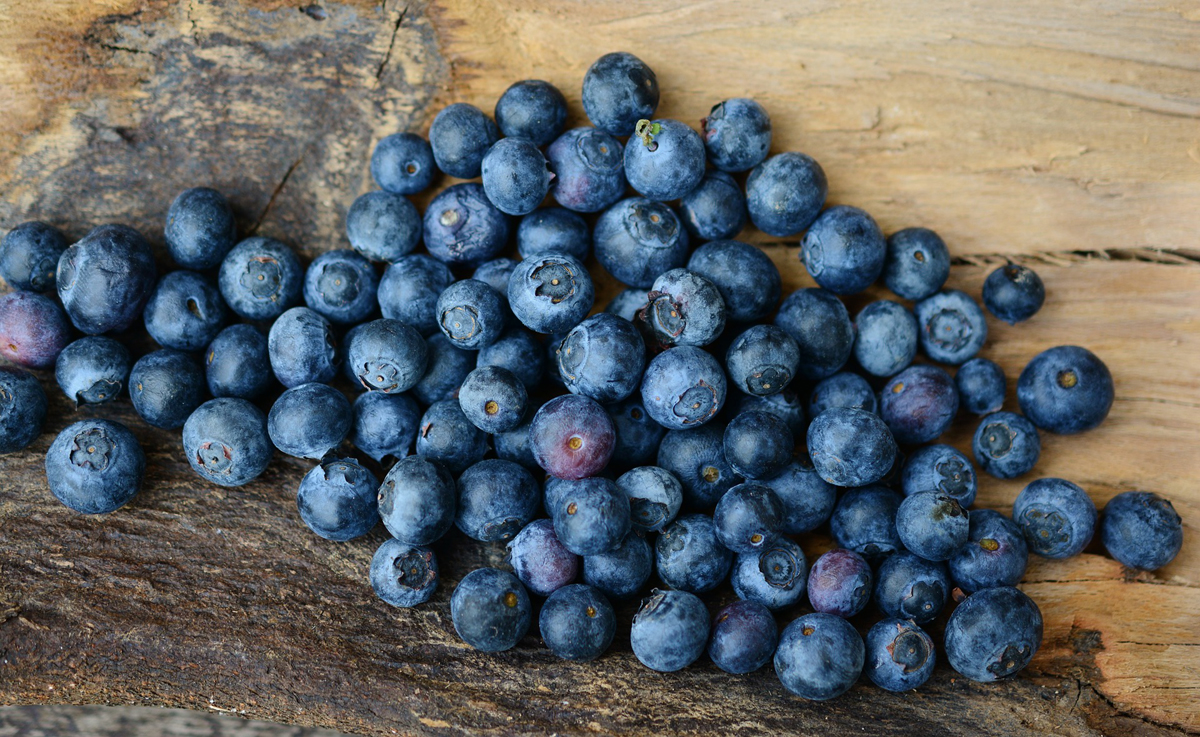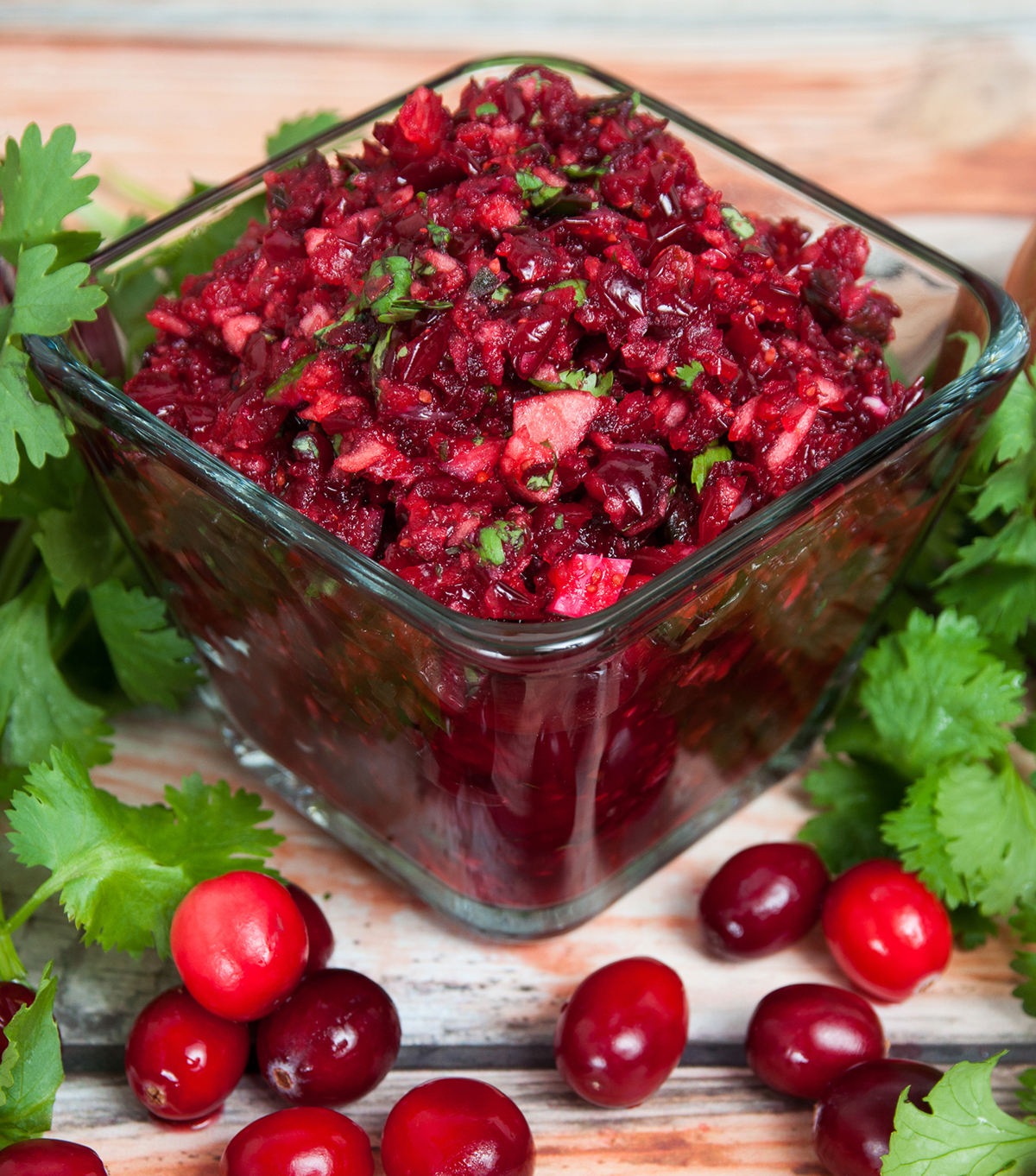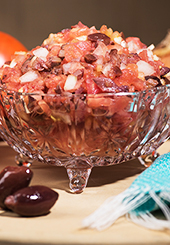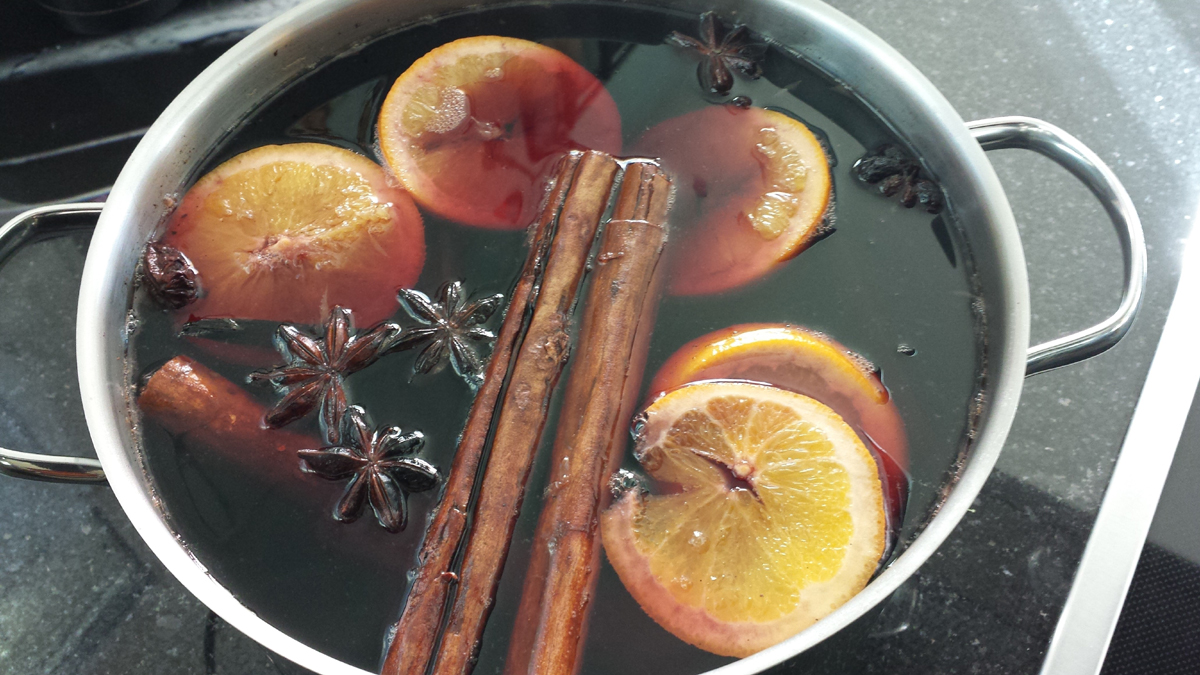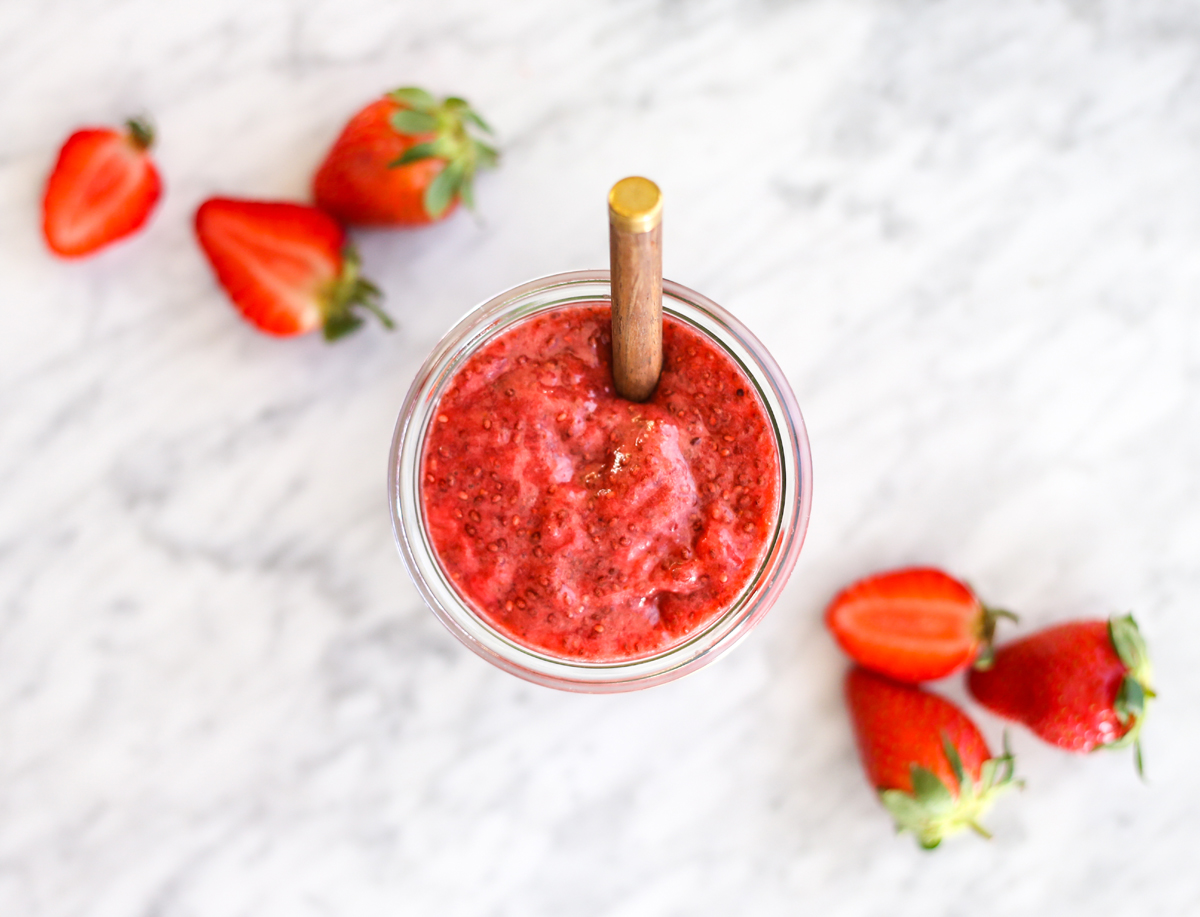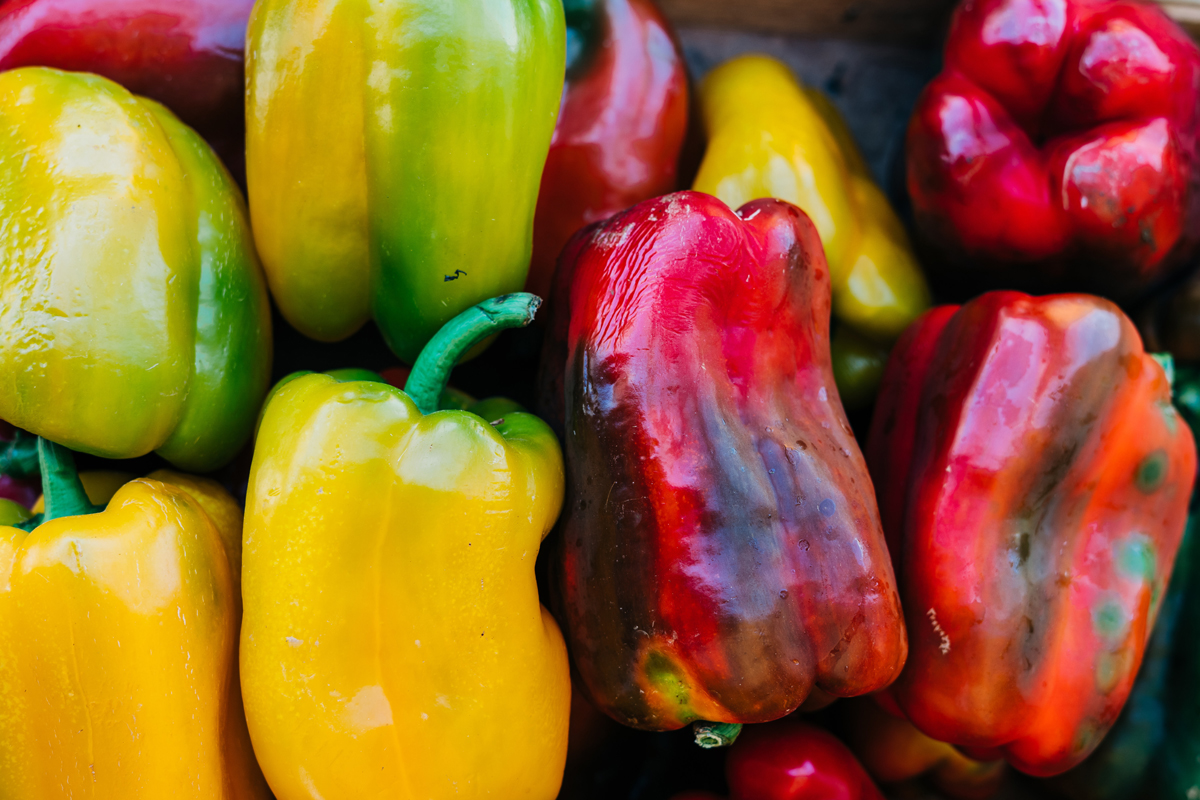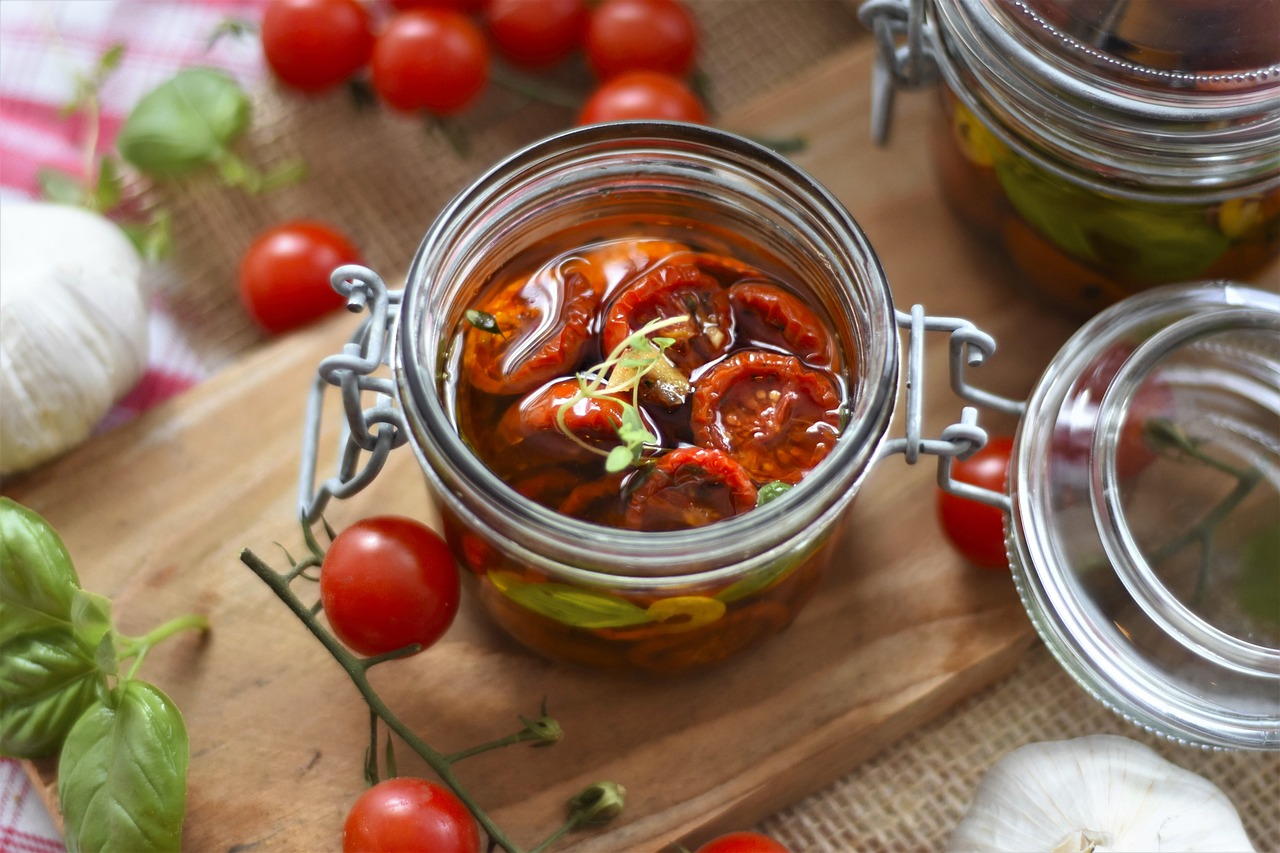Preserving Your Harvest
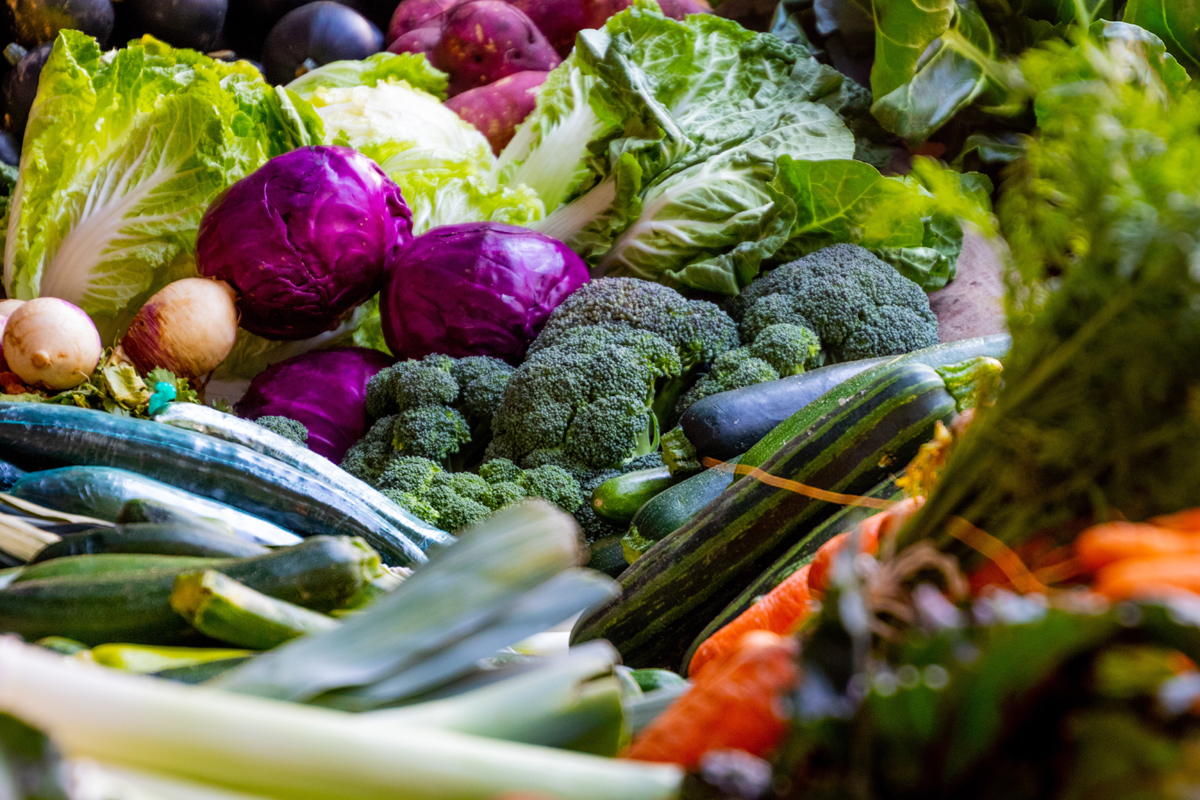
Folks, this one’s a keeper, so get out your scissors and save it in your gardening library.
With cold weather upon us, everyone should be working to save your harvest, either by storing or preserving. Canning, drying, and freezing, are good ways of preserving your crops such as beans, corn, peas, peppers, summer squash, and tomatoes. They need to be done immediately after picking, while crops are fresh and tasty. Whether you cold-store or preserve your produce depends on the type of food you’ve grown, your facilities, and your family’s eating preferences.
Cold storage of vegetables such as cabbage, beets, carrots, potatoes, squash, and turnips can give you the best tasting and healthiest food of the four methods, and may even be the least expensive in the long run. And you can eat every one of these garden-fresh even 4 to 6 months after they’ve been harvested! However it requires some careful preparation, so let’s discuss how best to prepare for and store your fall harvest.
If your garden is very small and you don’t have much to store, you may be able to use an old refrigerator, or a barrel buried in the back yard. However, for those who are serious about providing fresh food for your families, I recommend a root cellar, either under the house or buried outside. You can set it into the side of a hill or dig a hole 4’ to 5’ deep in a corner of the yard, build the cellar, and cover it with the excess dirt. This will help insulate it and maintain the low, but not freezing temperatures you need. Provide yourself a small door and insulate it well.
The drawing shows a 6’-tall 4’ X 6’ root cellar intended to be built under the crawl space in a home with no basement.This same plan will work in your yard. The wooden floor is optional, and at least half the space may be better left open to the soil beneath.
Harvest your crops at peak maturity and store only those which are free of disease or damage. Don’t harvest for storage until late fall, since more starches are converted to sugars by the cool weather. Root crops should be picked fresh and stored immediately. Potatoes and squash, on the other hand, first need to be cured at 60-75 degrees for 7 to 14 days. Most produce should be stored at just above freezing temperatures, except winter squash, which does better at or above 50 degrees.
Your root crops will stay fresh and sweet for months if you harvest them with roots intact and pack them in wet sawdust. Cabbage and other brassicas also need their roots. Remove outer leaves, then pack the roots in wet sawdust, leaving the cabbage exposed. Provide separation between crops to avoid mixing flavors, and to keep squash dry.
Potatoes should not be as wet as the root crops. They will do well in temperatures below 40 degrees, but pack them in moist, rather than wet sawdust. Peat moss and sand, or combinations of all three, can be substituted for straight sawdust, but are not as ideal. I recommend you work with your neighbors to find a sawmill and obtain a truckload.
Onions and garlic also store well. they can handle cold temperatures but, like winter squash, they do better with humidity only 60 to 70 percent. Therefore these should be up off the damp floor, on shelves or hung from the ceiling. A cold basement can also work, but remember to provide separation from living areas to avoid their strong smell.
Remember, cold temperatures are essential for good long-term storage of produce, but do not let them freeze! Insulate your root cellar well. Good healthy eating to you!
>>Homesteading Skills to Learn – Even on The Urban Homestead
The Author:
Jim Kennard, President – Food For Everyone Foundation – “Teaching the world to grow food one family at a time.” https://growfood.com
Mittleider Gardening Magic
© 2003 – James B. Kennard
Photo. Magda Ehlers


